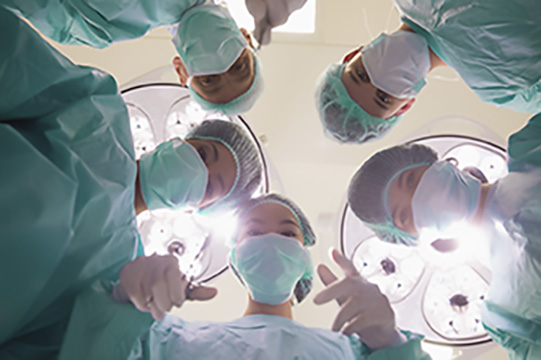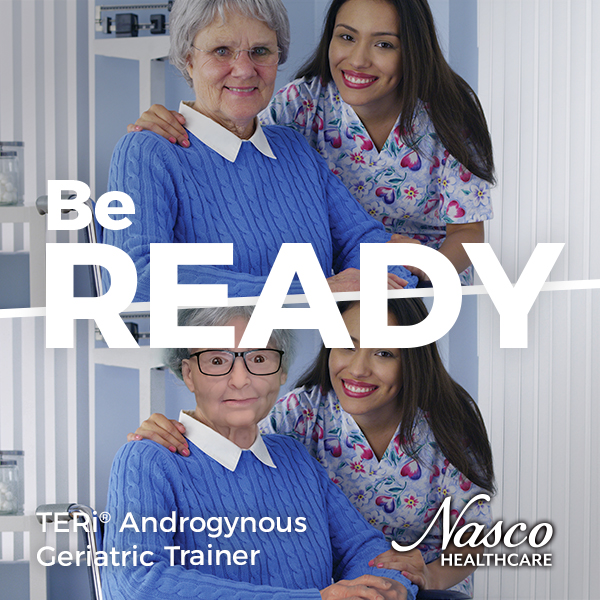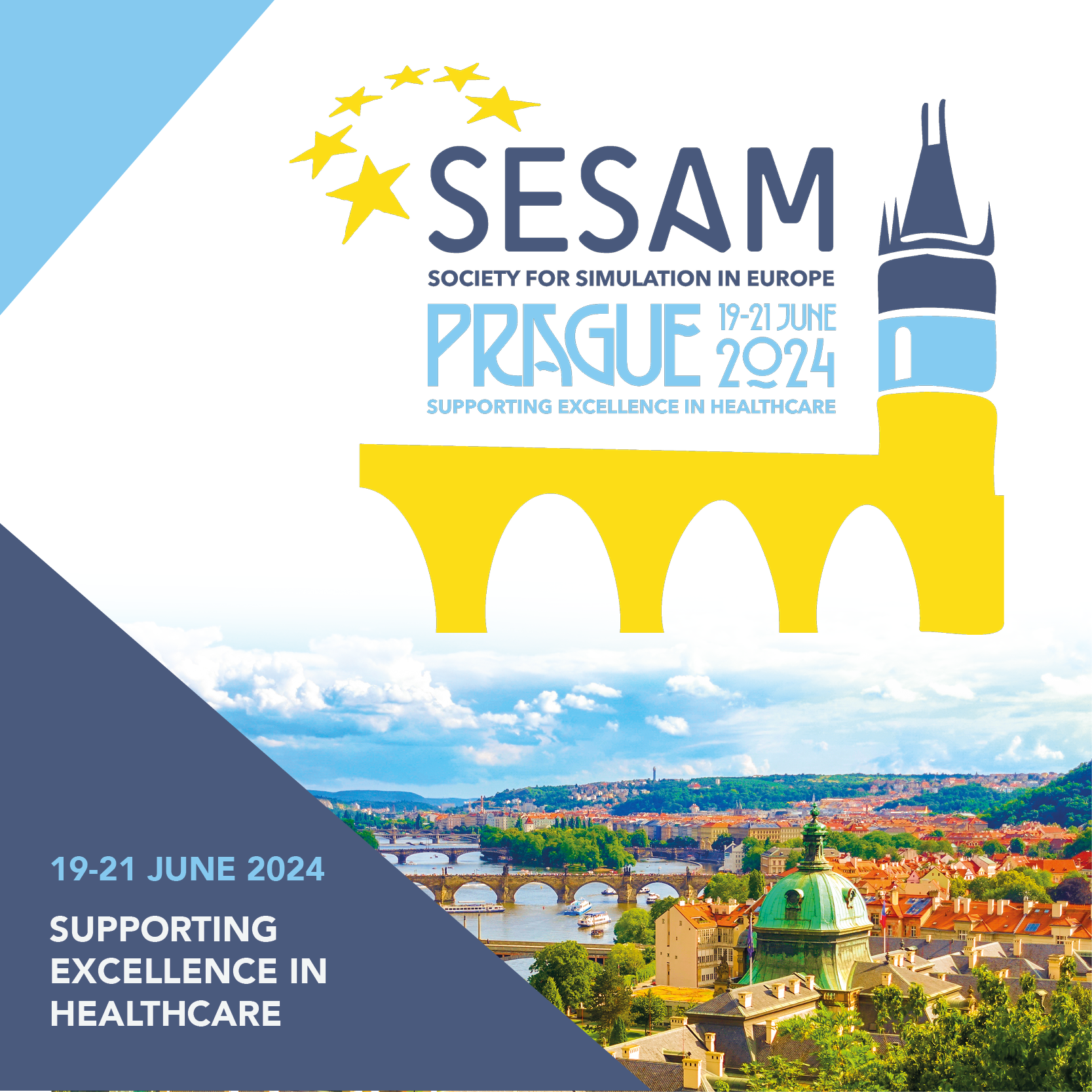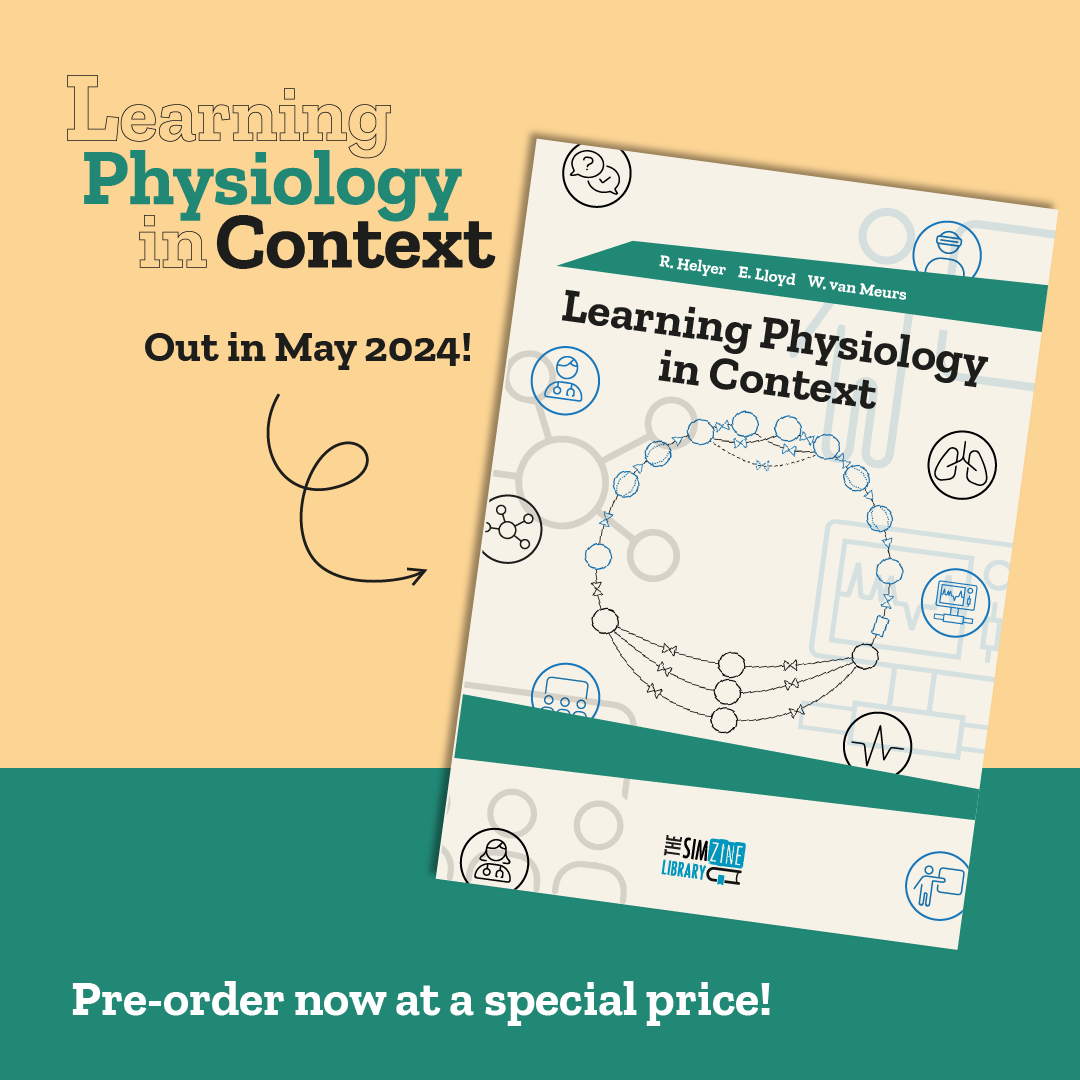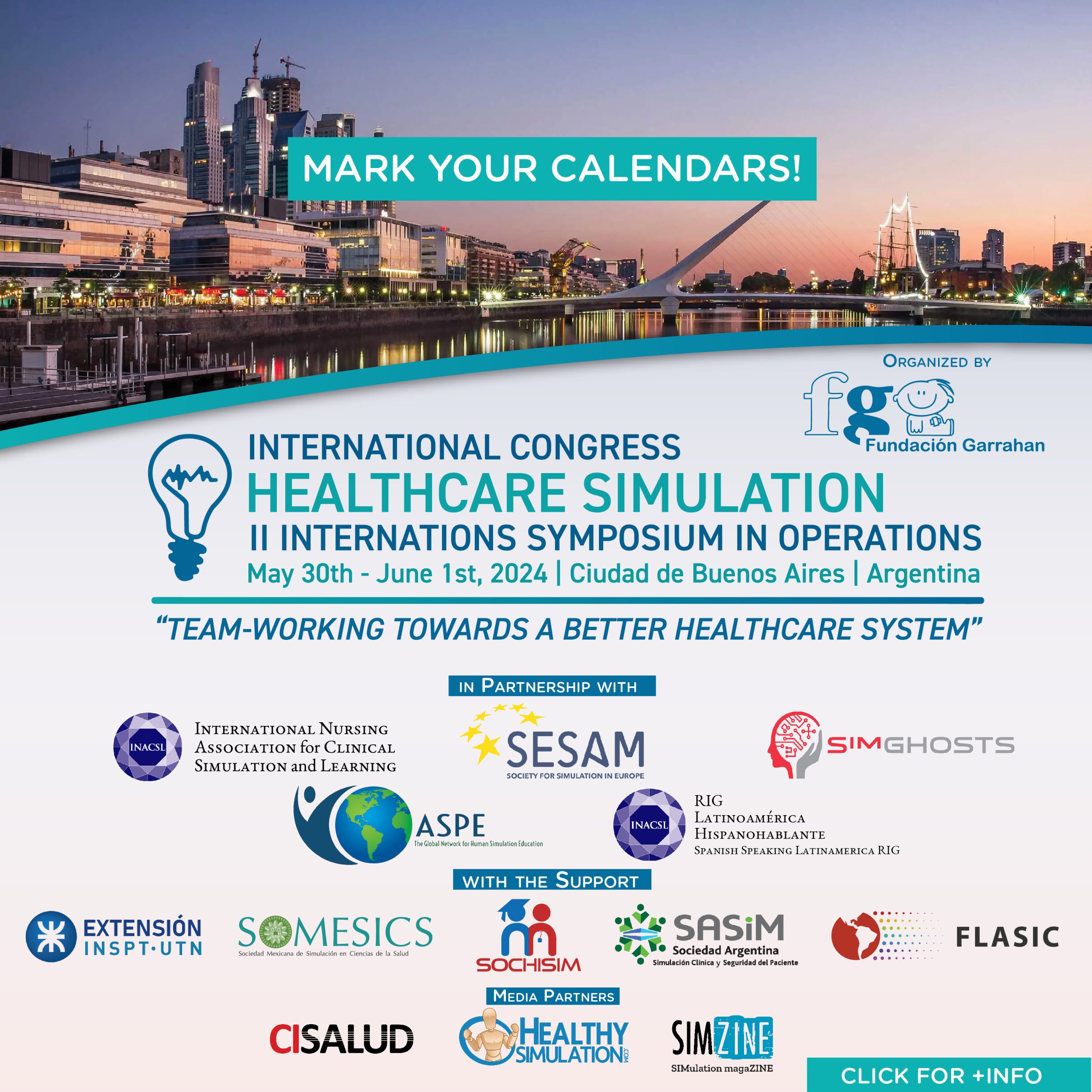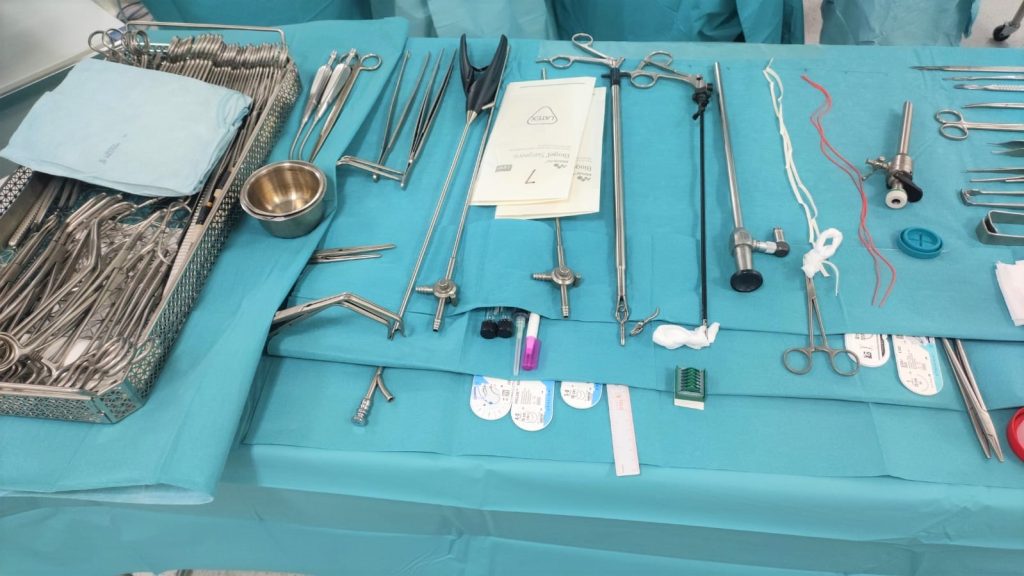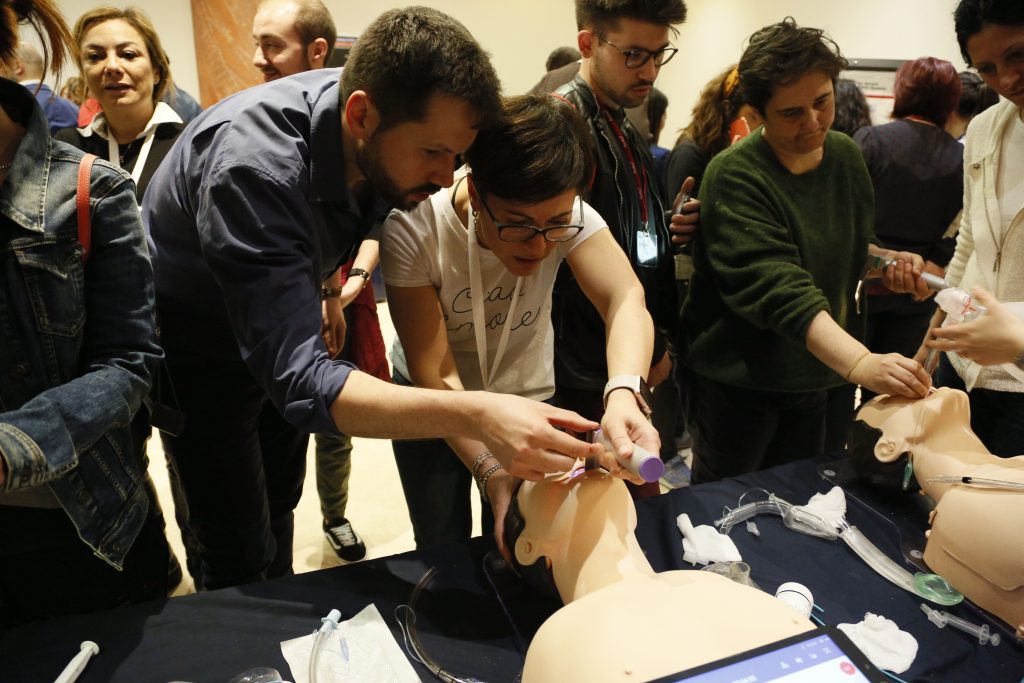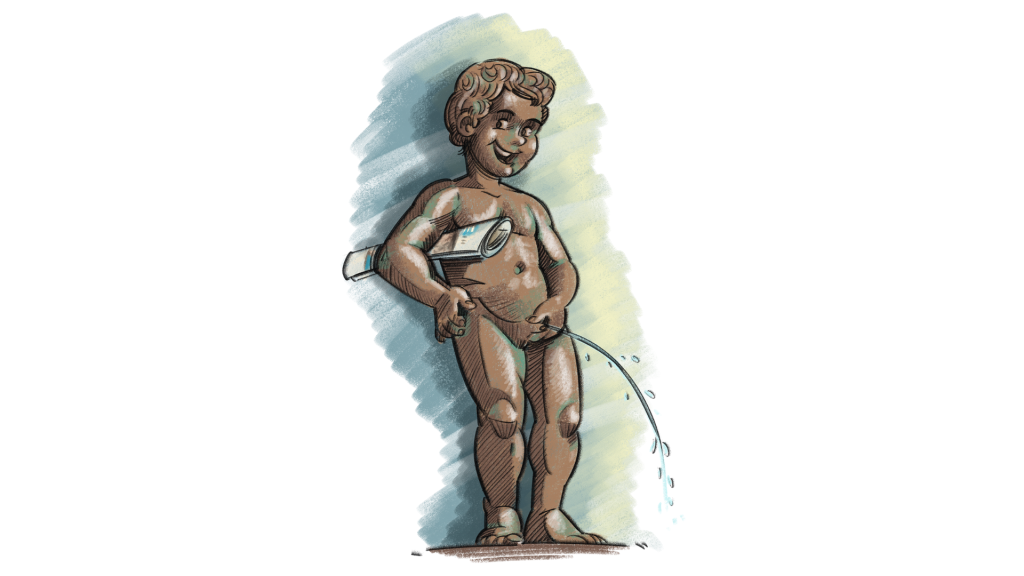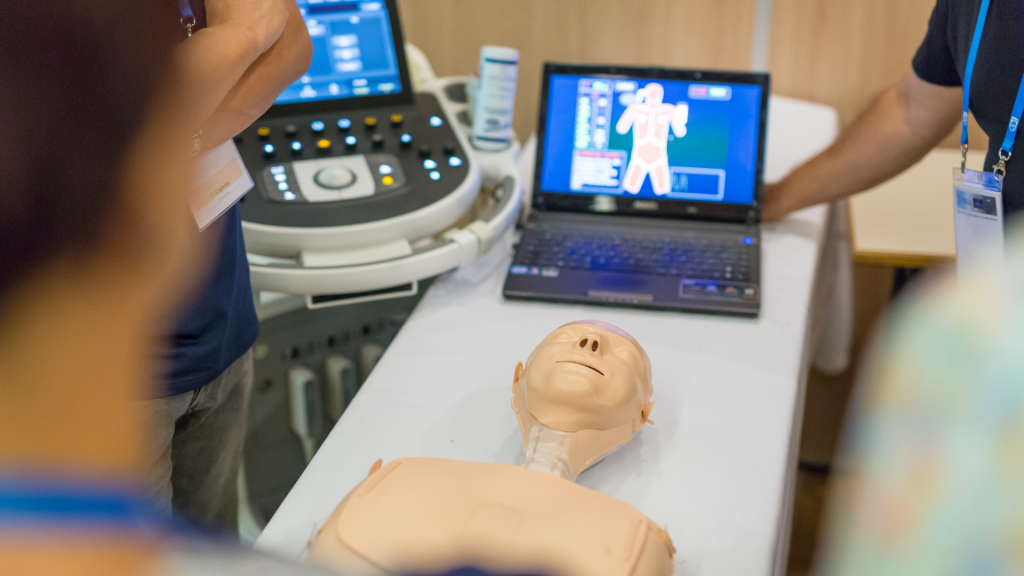Reflections, visions and simulations of a surgeon who “forging” became a “blacksmith”
“C’est en forgeant qu’on devient forgeron” – “With exercise you achieve perfection” Many would translate it that way.
My Master repeated it during the most intense period of our training together with his fellow “blacksmiths” while they taught us to “forge”. And then, finally, we too have “forged” our students to become “blacksmiths.” “By forging you become blacksmiths.” For me it sounds better that way and makes clear the idea that only by operating in the first person can one understand and acquire the surgical hand.
But when you take the scalpel in your hand for the first time, that’s another story. You don’t know how to hold it, you don’t know how to pass it to the assistant, you don’t know how much pressure to put on the skin and subcutaneous tissue, you don’t know how to orient the blade, you don’t know how to do it, and you know very well that you don’t know how to do it. But what changes throughout the formative years and how does it change? And above all, what leads you at a certain moment to naturally repeat the operational gestures of certainly very complex interventions that seemed impossible to carry out?
It’s simple: repetition. Manual and mental.
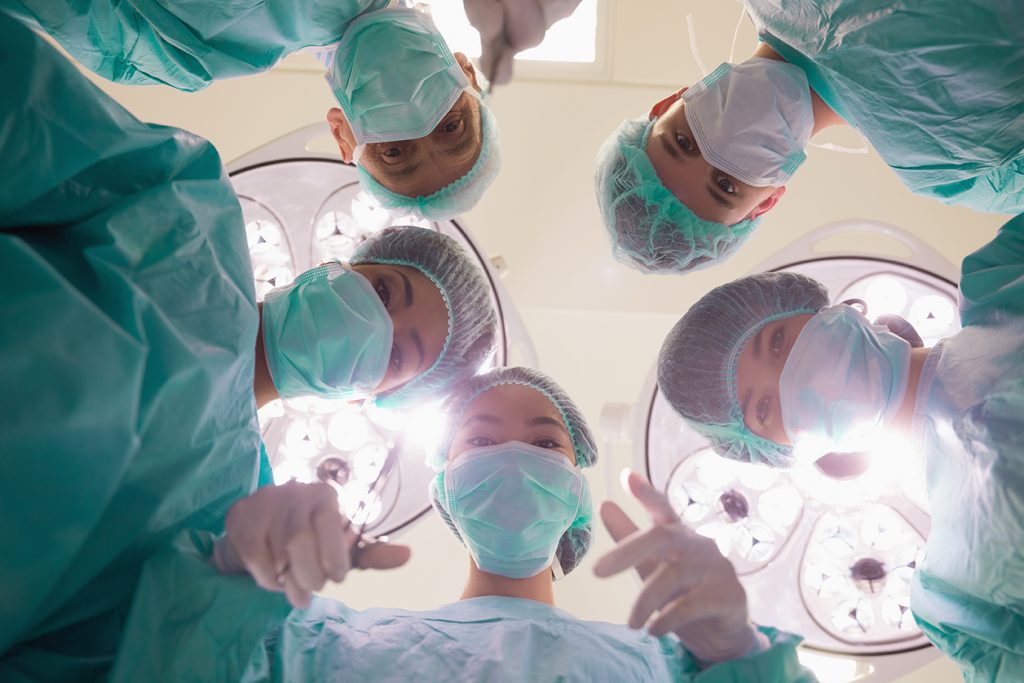
Even the mental repetition of the different steps of a surgery (which in the early years does not make us sleep at night before performing it) is a kind of simulation. In our brain, simulation mechanisms are automatically established to experience the adrenaline of living the moment of the intervention even before performing it, obsessively repeating the different phases, imagining dozens of technical complications and so many solutions until the completion of the work that makes us feel satisfied, proud and certainly a little disappointed… for not having done better. This whirlwind of emotions, let us not forget, arises from the fact that under our hands there is another life that, like us, has work, family, passions and habits; and that for a few hours is totally in our hands. Hands that are learning to “forge” and will later (hopefully) become the hands of an expert “blacksmith”.
But what if we could virtually forge and learn the first steps of an art as delicate as surgery without the pressure of operating on a real patient? A simulation, in fact, that allows us to follow the different stages of learning in a more serene, more regular way, with our times and, why not, comfortably at home at the desk… before trying our luck in a real operating room, with a real team, a real patient and a real scalpel.
Surgical simulators have been around for a long time, but only in recent years have they reached a level of image realism (3D reconstructed with CAD), tactile haptic feedback (like a glove) or proprioceptive feedback (like a tool) to return an experience very similar to reality.
Today we can imagine that, thanks to augmented reality and new low-cost, high-tech devices, the dissemination of “home edition” simulation systems can easily reach all those who need training. Hopefully it will also give an additional margin of safety to those who, despite having completed the training course, may not regularly practice certain surgical procedures. In these cases, therefore, the simulator could help maintain an adequate level of safety. If then the simulation of the various surgical procedures (for the various disciplines) were regulated and assimilated to training credits for professional updating, it would probably increase safety for patients and for the doctors themselves. The trained surgeon is a faster and safer surgeon, thus reducing operating times and intraoperative errors alike: this also translates into a reduction in both direct and indirect costs.
A surgeon could also perform a simulated procedure for a new technique or, having a given patient’s CT scan available, import it into the simulator and then perform surgery scheduled for the next day. In short, simulation, if it is generalized and available to everyone, can represent a true evolution in learning, in maintaining minimum quality standards and in surgical planning, which is the basis for the success of a good intervention.
But we dare even more… With the worldwide expansion of 5G networks (which finally allow us to eliminate latency) and with virtual reality (which allows us to meet immediately and everywhere) we can also imagine ourselves working together to the best heart surgeon. in the world, perform a simulated live valvuloplasty together with our specialist colleague (each at home, of course) and perhaps do it inside the operating room of the Mount Sinai Hospital in New York, in its virtual headquarters (or real? ?) within a metaverse where thousands of surgeons meet to train, improve and exchange points of view with the best teachers in the world.
But is it a dream or a reality? Or simulation?
Today all this is reality and soon we will all benefit from it. And it will be magnificent. But we always keep in mind where we start and we never forget what the true basis of the simulation is: learning to forge.



